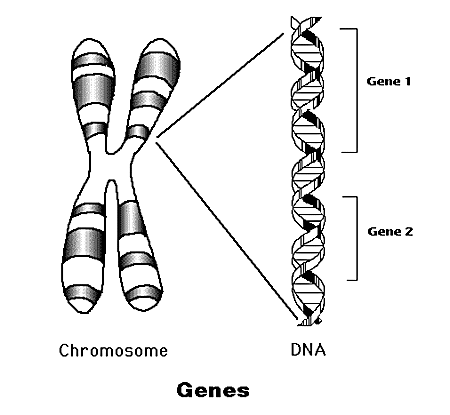What is hybrid vigor in cats? I am not a true expert on genetics so this is a job for Sarah Hartwell (of Messybeast.com). She might comment but I’ll explain in layperson’s language.

Hybrid vigor (vigour) is also called heterosis. When you introduce fresh genes into a breeding program the offspring may benefit from hybrid vigor. The offspring are healthier and sometimes larger. Perhaps their immune systems are stronger and perhaps they lose a genetic propensity to develop unwelcome illnesses.
Breeders of cats engage in ‘line breeding’ to fix what they perceive as desirable appearance traits in their cats for sale. They select outstanding cats that are homozygous1 for a large proportion of the genes that control the traits. They use inbreeding but it needs to be done cautiously because it can bring to the fore deleterious recessive genes which may affect the health of the cat. These illnesses are what I call “genetic diseases in purebred cats“.
Breeders can introduce into their breeding program fresh genes by outcrossing their breeding cats with a random bred cat or a cat from a different breed or perhaps a different line. They have to do this under the direction of the cat association’s breed standard.
When they outcross they increase ‘heterozygosity‘ which is referred to as ‘hybrid vigor’. The genes are more random and variable compared to the genetic makeup of an inbred cat. Inbreeding suppresses the immune system and makes a cat less fit generally – ‘inbreeding depression’ — see a page on the signs.
I believe that hybridization can also result in hybrid vigour. By hybridisation I mean mating cats of different species. When you mate say a lion with a tiger the offspring can end up being very large as evidenced by Hercules (a liger) the world’s largest cat of any kind.
![]()
Note: 1 “having identical alleles for any one gene”.

Depends on what you mean by breeding. The cat fancy practice of line-breeding from a limited gene pool in order to improve the chances of repeating certain colours or characteristics is a disaster waiting to happen. The root of this malpractice is in the cat fancy societies rules that determine what characteristics are acceptable. Breeders are therefore encouraged to line-breed in order to conform to those rules. I don’t have that problem here. Turkish Angoras and Turkish Vans occur naturally in Turkey and Cyprus. I conserve rather than breed these cats and always take care to select new ones from widely divergent locations to maintain a wide unrelated gene pool. My Minos from the Ankara Zoo lived to be 20 y/o, and never had a day’s sickness in all her life. Likewise her descendants. These cats cannot strictly be called breeds. Nobody bred them except Mother Nature. Their health and strength testify to that.
Very nicely said Harvey. I totally agree with you of course. And if I may say so your cats are very attractive. I hope you are well and the same for your gorgeous cats.
I followed most of this article.
But, I have an enormous distaste for any breeding unless it is an effort to save the extinction of some big cats.
Sorry.
Well, I am the same. Breeding cats is inherently wrong and we know why.